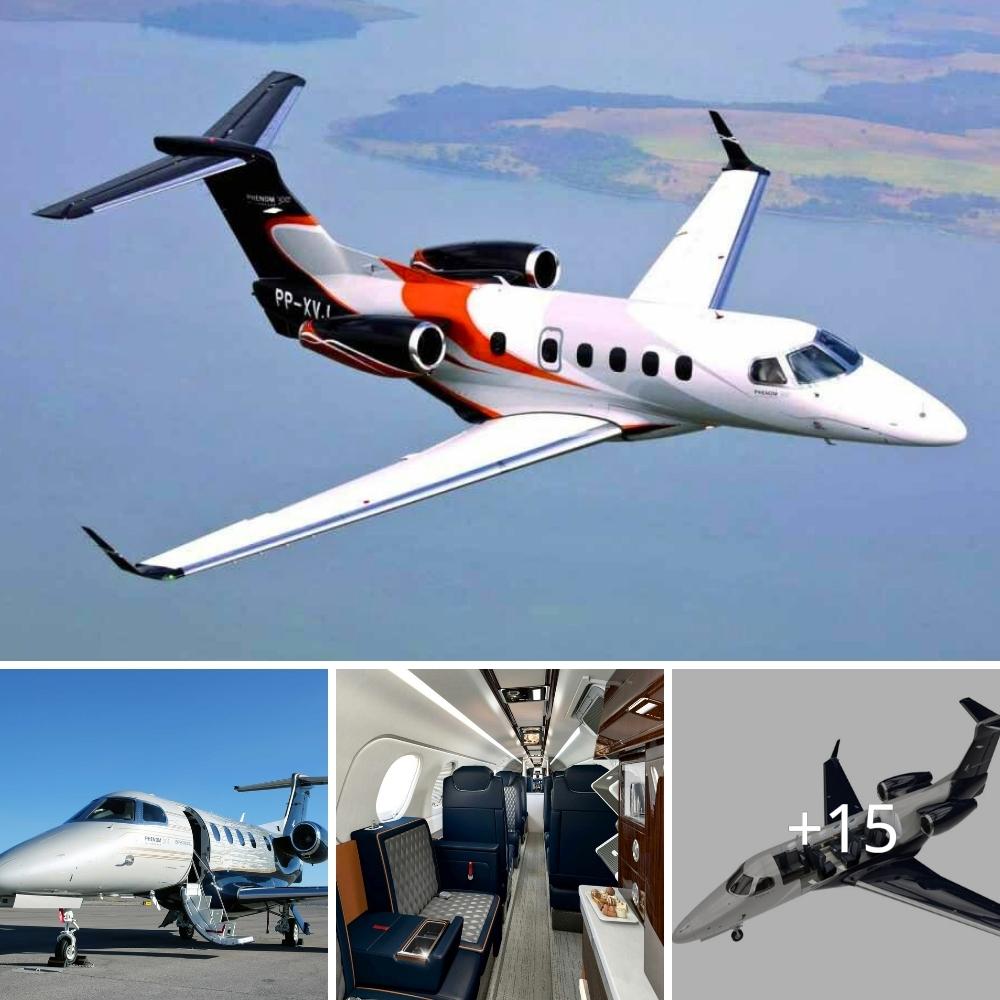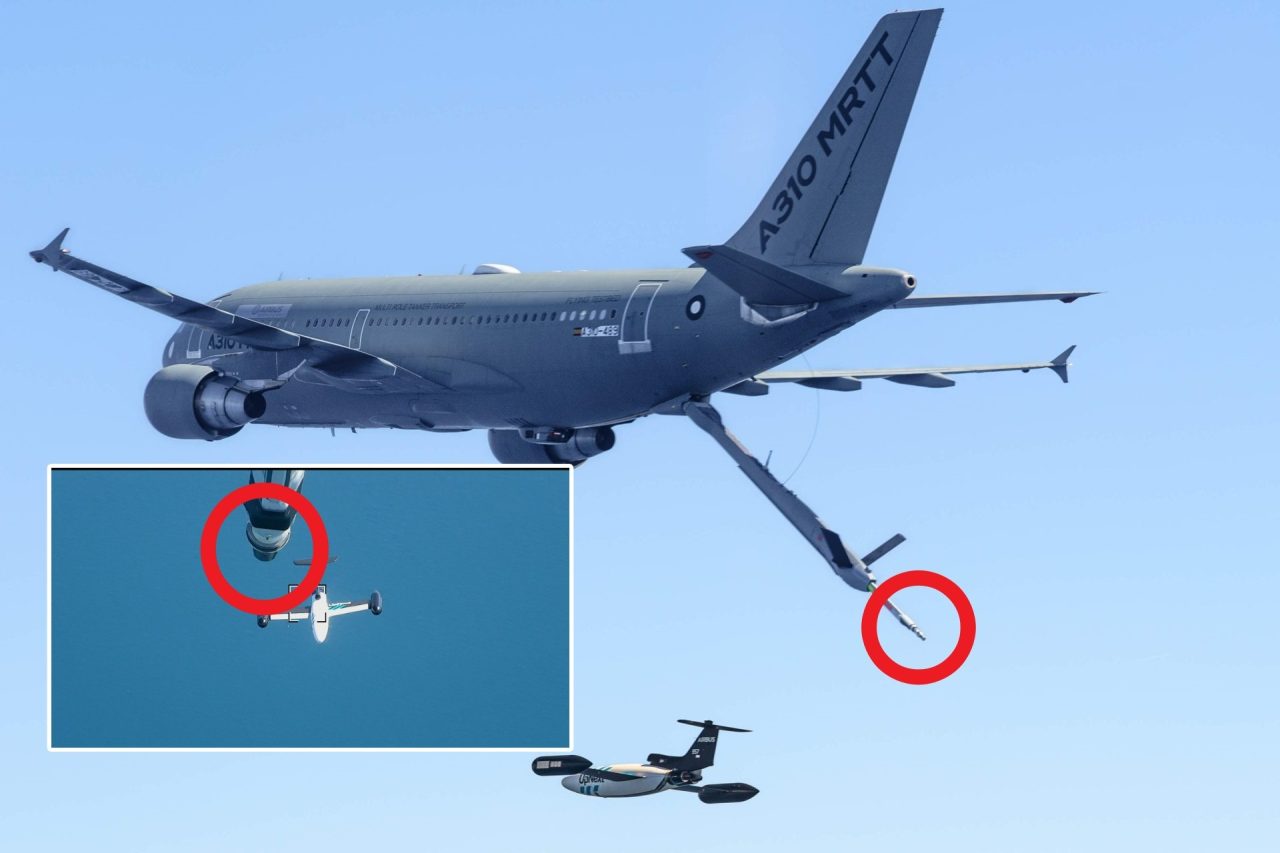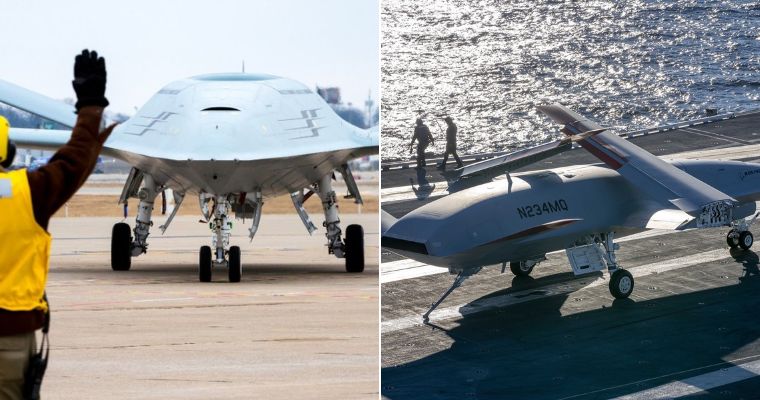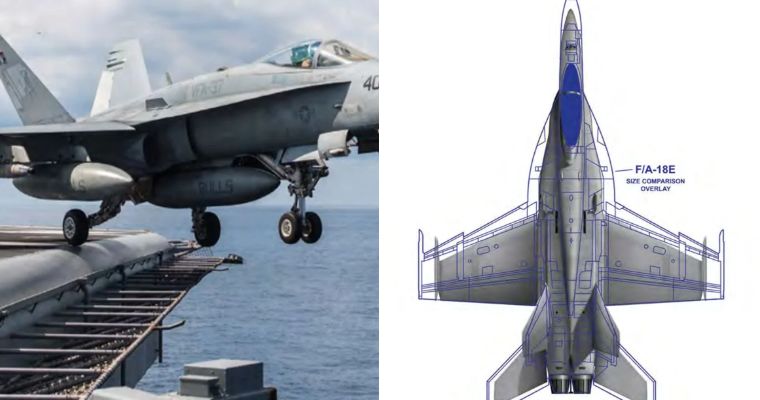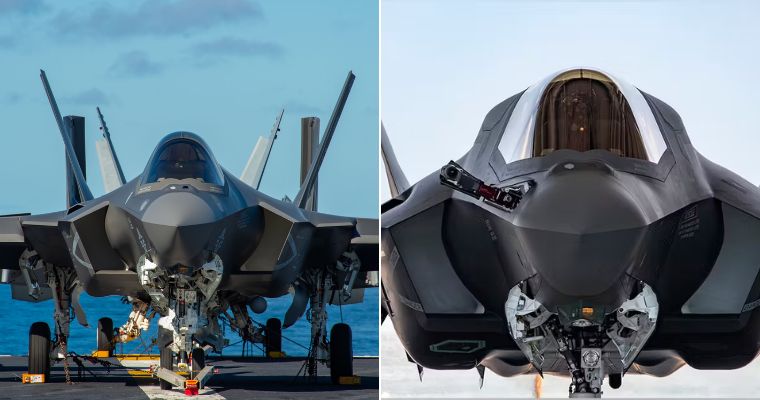If successful, history will be made again, Nergis Firtina reports for Interesting Engineering.

With the help of NASA’s QueSST mission, aeronautical innovators hope to break the sound barrier once more, but this time in a totally different fashion that could one day allow all of us to fly by air at speeds equal to or faster than any of the X-1 pilots who went supersonic, Nergis Firtina reports for Interesting Engineering. Continue reading original article.
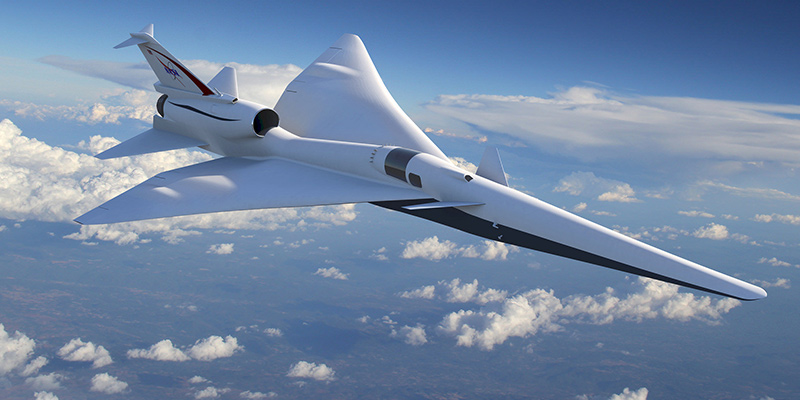
The Military & Aerospace Electronics take:
“That first supersonic flight was such a tremendous achievement, and now you look at how far we’ve come since then. What we’re doing now is the culmination of so much of their work,” said Catherine Bahm, an aeronautical engineer at NASA’s Armstrong Flight Research Center in California.
The X-59 is designed to fly faster than the speed of sound without producing the typically loud sonic booms that occur when an aircraft flies at supersonic speeds. The advanced X-plane will instead reduce that sound to a quiet sonic “thump”, which will be demonstrated in flights over communities around the U.S. starting in 2024. NASA’s goal is to collect and provide data to regulators that may finally solve the sonic boom challenge and open the future to commercial supersonic flight over land, reducing flight times drastically.
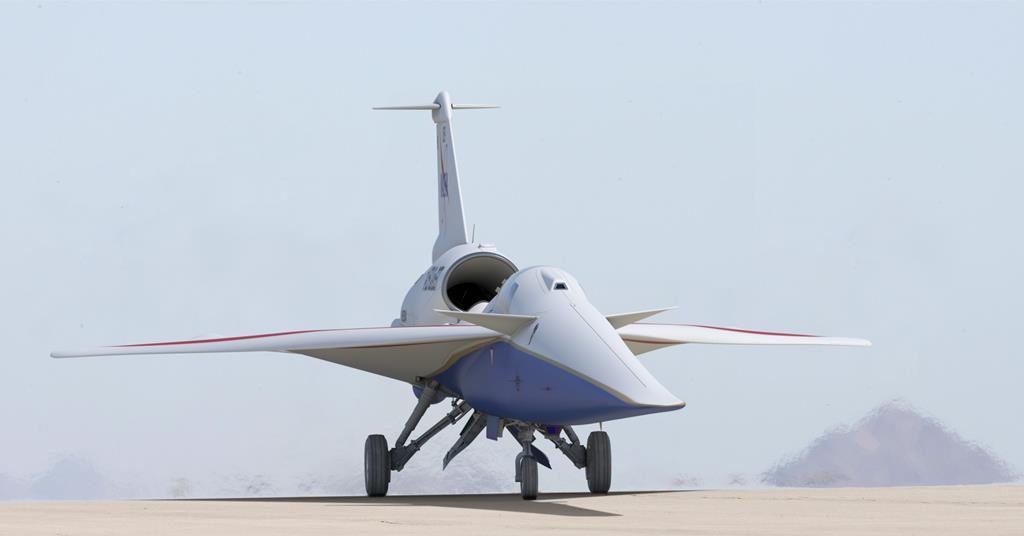
NASA is working closely with Lockheed Martin to create a large database of computational fluid dynamics simulations to verify the aircraft’s supersonic performance. The database includes simulations for all possible combinations of settings that a pilot uses to control the aircraft and the flight conditions that may be encountered. This database is crucial for supplying data for a flight-planning tool that is being used to assist and teach pilots how to fly the X-59, before it even flies.

https://www.youtube.com/watch?v=71is05gstFE
Source: militaryaerospace.com



